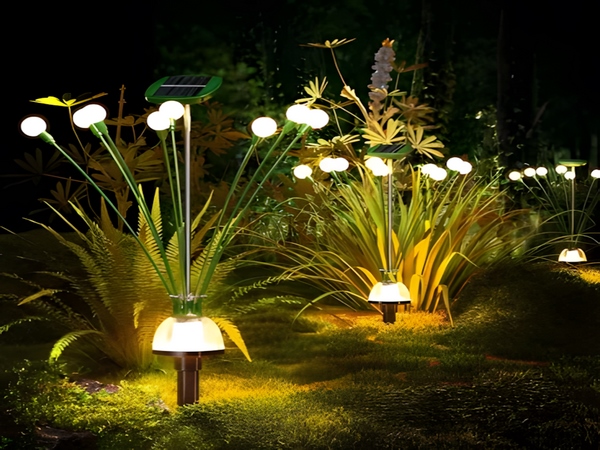
1.
How to determine if your home is suitable for installing a photovoltaic power generation system?
Answer: This question should be consulted with a professional solar photovoltaic system manufacturer, who can collect some basic information including sunlight resources, housing type, roof structure, area, monthly energy consumption, and so on. Based on the above information, we can design an economic and reasonable system installation plan for you to achieve your ideal profit.
2.
How much roof area is required to install a rooftop photovoltaic power generation system?
Answer: Generally, a 1KW system requires an installation area of 10 square meters; a 10KW system requires an installation area of 100 square meters. You can directly calculate the area needed based on the capacity of your household photovoltaic power generation system.
3.
How long does it take to recover the costs of installing a photovoltaic power generation system?
Answer: In the long run, the benefits of photovoltaic power generation are quite objective. Currently, both the national and government authorities strongly support photovoltaic power generation with favorable subsidy policies. Generally, for household systems, the costs can be fully recovered in about 5-6 years. Our photovoltaic modules have a lifespan of 25 years, and the state subsidies last for 20 years, meaning that once the costs are recovered, the remainder is profit.

4.5
How much electricity can a 4.5KW photovoltaic power generation system generate in a day based on sunlight conditions in our country?
Answer: A 5KW solar power generation system’s output varies based on the location’s sunlight conditions. The more annual average daily sunlight hours at the installation site, the higher the output. For example, the average daily sunlight hours in Hebei Province are generally around 4-5 hours. A 5KW photovoltaic power generation system can average about 20-25 kWh of electricity daily, but it typically does not exceed 35 kWh on average.
5.
Does photovoltaic power generation affect voltage and home appliance usage?
Answer: Distributed photovoltaic power generation systems have small power outputs; the voltage is generally imperceptible. The inverter’s function is to convert the low-voltage direct current generated by the photovoltaic panels into 220V/380V for household use. Our dedicated photovoltaic inverters have intelligent voltage regulation capabilities, so using photovoltaic electricity is no different from using electricity from the grid and will not affect the use of household appliances.
6.
Are there any requirements for the surrounding environment for installing a rooftop photovoltaic power generation system?

Answer: If there are significant sources of dust pollution, strong winds, or heavy smoke that affect sunlight, the energy output of the photovoltaic system may decline.
7.
Can the electricity generation and on-grid electricity of photovoltaic systems be monitored?
Answer: Generally, inverters in photovoltaic systems have monitoring functions that allow for online monitoring of the system’s electricity generation, as well as key equipment parameters, power quality, environmental parameters, etc.
8.
Can subsidies be obtained for both self-consumed electricity and on-grid electricity?
Answer: Currently, national policies provide a unit electricity quota subsidy for distributed photovoltaic power generation, meaning that the entire electricity generation of the photovoltaic system is subsidized. Therefore, both the self-generated electricity used and the surplus electricity fed into the grid are subsidized at the same standard.
9.
In cold winter days, will there be insufficient electricity? How can this be addressed?
Answer: Solar photovoltaic system output is indeed affected by temperature, but the impact is minimal. The main factors affecting electricity generation are irradiation intensity, sunshine duration, and the operating temperature of the solar panels. In winter, lower temperatures and shorter sunshine durations usually lead to reduced electricity generation compared to summer, which is normal. However, the distributed photovoltaic systems generally follow a self-consumption and surplus electricity feeding into the grid model. Therefore, photovoltaic electricity will be consumed directly by users, and the insufficient portion will be supplemented by the public grid. As long as the grid has electricity, households will not face power shortages or blackouts.
Solar photovoltaic power generation is becoming common in households. As long as there is sunlight, every home can become a power station, allowing everyone to save on electricity bills and make money selling electricity, with government subsidies. This is the unique advantage of household photovoltaic systems!
The manufacturer of solar photovoltaic systems specializes in the research, production, and sales of solar power generation systems. If you want to know about the cost of household power generation system equipment, please contact our online customer service for information.



